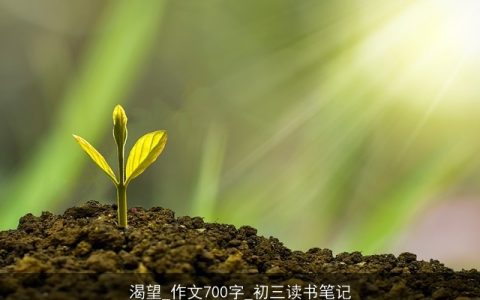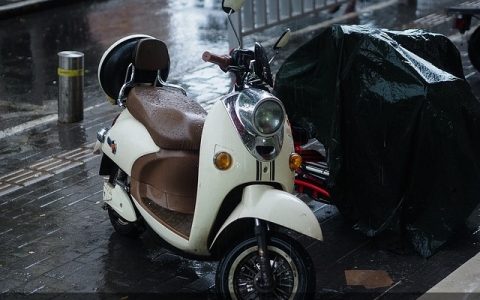
In the intricate tapestry of life, where every thread represents a precious moment or resource, the art of conservation stands as a vibrant hue, reminding us of the importance of cherishing what we have and being mindful of our impact on the world around us. This essay delves into the essence of conservation and the value of cherishing resources, exploring its significance in personal life, societal well-being, and environmental sustainability.
#### The Essence of Conservation
Conservation, at its core, is a call to action—a reminder that every drop of water, every unit of energy, every tree in the forest, and every breath of air is a gift from nature that must be used responsibly. It\’s not just about preserving natural resources; it\’s also about preserving the very fabric of life itself. It encourages individuals to adopt practices that minimize waste, maximize efficiency, and foster a lifestyle that aligns with the principles of sustainability.
#### Personal Responsibility 𝑪𝗔🄽𝕘𝒋𝕚𝐞。𝘊𝒏
At its individual level, conservation begins with simple yet profound acts such as turning off lights when not in use, opting for public transport instead of private vehicles, and reducing plastic consumption. Every small step taken towards conserving resources translates into significant savings both for oneself and for the planet. For instance, by installing energy-efficient appliances and practicing water-wise gardening, one can significantly reduce their carbon footprint and water consumption.
Moreover, conservation extends to our daily habits. Mindful consumption—choosing products that are eco-friendly, locally sourced, or have minimal packaging—demonstrates a commitment to sustainability. Reusing items like bags, bottles, and containers not only reduces waste but also fosters a sense of pride and responsibility towards the environment.
#### Societal Impact
On a broader scale, conservation efforts have far-reaching implications for society. As populations continue to grow and resources become increasingly scarce, conservation becomes a matter of survival. It ensures that future generations will have access to clean water, breathable air, and habitable lands. Governments and communities must work hand-in-hand to implement policies that promote sustainable practices, such as investing in renewable energy sources, implementing waste management systems, and preserving wildlife habitats.
Education plays a pivotal role in cultivating a conservation mindset. By incorporating environmental studies into school curricula and encouraging public discourse on sustainability issues, we can instill a sense of responsibility and awareness among citizens. This collective consciousness can drive meaningful change and transform societies into ones that prioritize the preservation of natural resources.
#### Environmental Sustainability
The urgency of environmental conservation cannot be overstated. Climate change, deforestation, pollution, and biodiversity loss are pressing global challenges that require immediate and concerted action. Conservation efforts are crucial in mitigating these threats. By preserving forests and wetlands, we not only protect habitats for countless species but also regulate the Earth\’s climate by storing carbon dioxide and releasing oxygen.
Moreover, sustainable agriculture practices—such as crop rotation, minimal tillage, and use of natural pesticides—not only conserve resources but also enhance soil health and biodiversity. These practices contribute to food security by increasing crop yields while reducing the environmental impact of agriculture.
#### The Intersection of Conservation and Technology
In the 21st century, technology holds immense potential for advancing conservation efforts. From precision agriculture that optimizes water usage to smart grids that manage energy distribution efficiently, technological advancements can significantly enhance conservation efforts. Additionally, digital platforms like carbon-tracking apps and eco-conscious shopping websites empower individuals to make informed choices that align with sustainable living.
#### Conclusion
Conservation is not just an option; it\’s an imperative for our survival. It\’s a collective responsibility that transcends boundaries of geography, culture, and time. By embracing conservation as a way of life, we can ensure that future generations inherit a planet that is thriving, not struggling. Each small step taken towards conservation contributes to a larger movement towards sustainability—a future where humans coexist harmoniously with nature, respecting its limits and celebrating its bounty. Let us embrace this journey with open hearts and minds, recognizing that the fate of our planet rests in our collective hands. 本攵從 AI 写作助手网站精彩呈現,請搜尋写作助手官网,發現更多助力寫作的利器。
仓颉AI智能写作 原创著作权作品,未经授权转载,侵权必究!文章网址:https://www.cangjie.cn/list/pz1dl4ei.html











